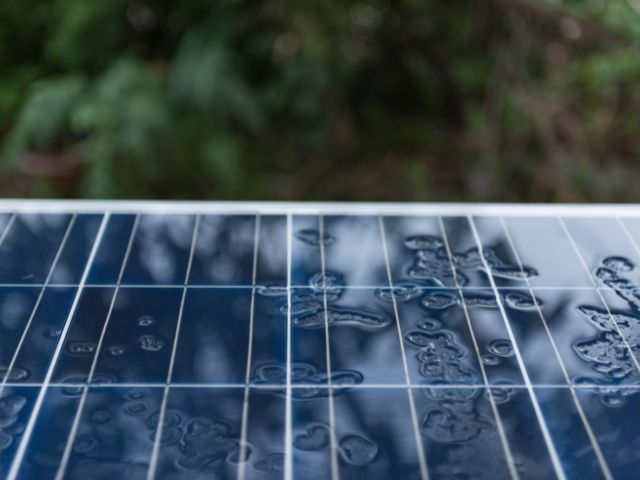

Solar lights are a fantastic option for maintaining a reliable, sustainable lighting source. You can save money and power by using battery packs instead of connecting them directly to the power grid. A common concern about solar panels is how the weather affects your solar lighting. Here are some of the most frequent adverse weather conditions and how they may have an impact.
It’s no secret that solar panels need sunlight to get the most energy, so, understandably, clouds may hinder that. There’s some truth to the idea that cloudy days may reduce the amount of energy that goes through your solar panels. However, that doesn’t entirely eliminate functionality. Even on the cloudiest days, your solar panels can still collect energy from the sunlight and transfer it to the battery pack for safe storage.
When wondering how the weather affects your solar lighting, some answers may come as a surprise. Rain frequently increases the amount of energy your solar panels get since the water may wash away the dirt. Sunlight may even reflect through the water droplets and become magnified through them. You may still suffer a slight energy loss on a particularly cloudy rainy day, but the rain won’t negatively impact your panels.
Snow is a larger concern if it has the opportunity to build up on top of your panels and block the light. Removing obstructions should be one of the first things you try if your solar lights aren’t working. Failing to maintain your solar fixtures may result in some issues when trying to collect energy.
A common misconception about solar lighting is that it’s less efficient in the winter. There may be some slight truth to this if you live at a higher latitude where winter months have very short days. However, that’s more a result of less sunlight throughout the day rather than a decrease in temperature. In fact, colder weather is typically better for solar panels since they rely on sunlight rather than heat. The resting electrons in your panel rest at cold temperatures, so the contrast with the higher-energy sunlight creates a bigger difference in voltage when supplying power.
24World Media does not take any responsibility of the information you see on this page. The content this page contains is from independent third-party content provider. If you have any concerns regarding the content, please free to write us here: contact@24worldmedia.com
